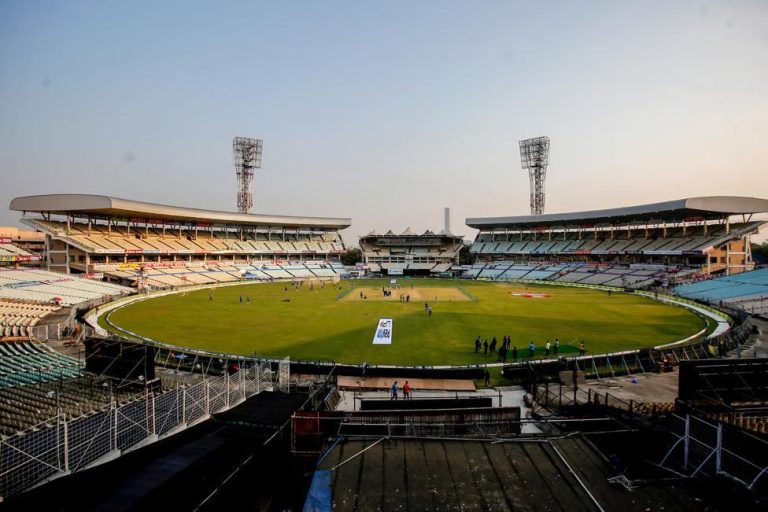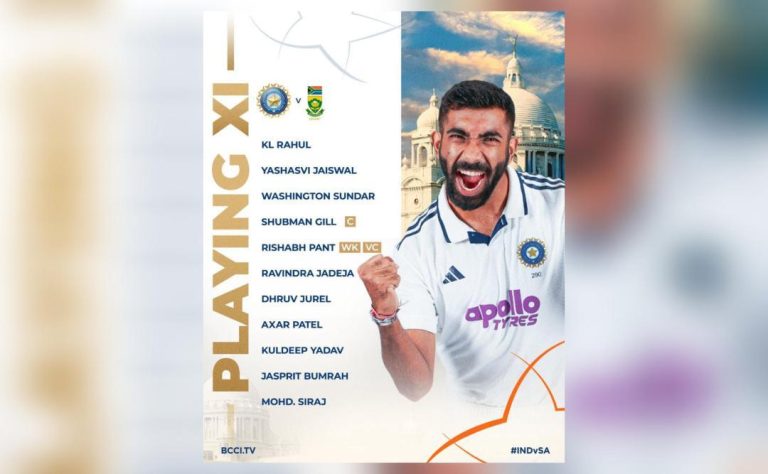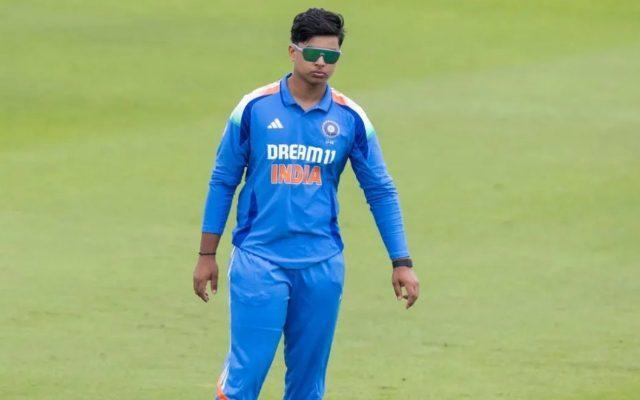
Ravindra Jadeja Compares Captaincy in T20 & Test Format
In a recent conversation with his fellow cricketer R Ashwin, Ravindra Jadeja shed light on the challenges and differences he faced while leading a team in both the Test and T20 formats. Jadeja, who has had experience of leading the Indian team in both formats, shared his insights on what it takes to be a successful captain in each format.
In Test cricket, Jadeja emphasized the importance of being calculative and making tactical decisions that can change the course of the game. “In Test cricket, you have to change two-three fielders as per the need of the bowler,” he said. “Captaincy in Test cricket is different. It’s simple, but calculative. It’s not complicated like IPL or T20Is.”
Jadeja’s words highlight the unique demands of captaincy in Test cricket. Unlike T20s, where every ball is a high-pressure event, Test cricket is a longer format that requires a more strategic approach. A Test captain needs to be able to read the game, make informed decisions, and adjust his team’s strategy accordingly.
In contrast, T20 cricket is a format that requires a captain to be more reactive and adaptable. Jadeja noted that “every ball is an event” in T20s, which puts a huge amount of pressure on the captain to make quick decisions and stay ahead of the game.
This pressure is amplified by the fact that T20 cricket is a format that is heavily influenced by statistics and analytics. A captain in T20s needs to be able to make data-driven decisions and adapt to changing circumstances quickly.
Jadeja’s comments also highlight the different types of players that excel in each format. In Test cricket, a player like Ajinkya Rahane, who is known for his defensive skills, can be a valuable asset. In T20s, a player like Hardik Pandya, who is known for his aggressive batting and bowling, can be a game-changer.
The difference in captaincy styles between Test and T20 cricket is also reflected in the way a captain approaches the game. In Test cricket, a captain needs to be able to maintain a sense of calm and composure, even in the face of adversity. In T20s, a captain needs to be able to stay calm and focused, but also be able to adapt quickly to changing circumstances.
Jadeja’s experience as a captain in both formats has given him a unique perspective on the challenges and differences that arise in each format. As a player who has excelled in both formats, Jadeja is well-placed to offer insights on what it takes to be a successful captain in each format.
In conclusion, Ravindra Jadeja’s comments highlight the unique demands and challenges of captaincy in both Test and T20 formats. While Test cricket requires a captain to be calculative and strategic, T20 cricket demands a captain to be reactive and adaptable. As the game continues to evolve, it will be interesting to see how captains adapt to the changing demands of each format.






